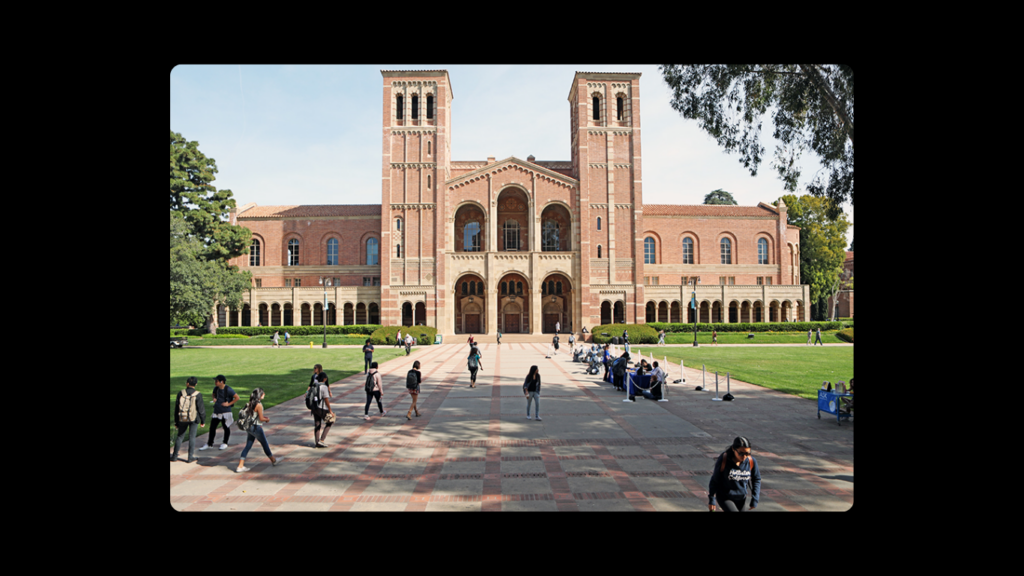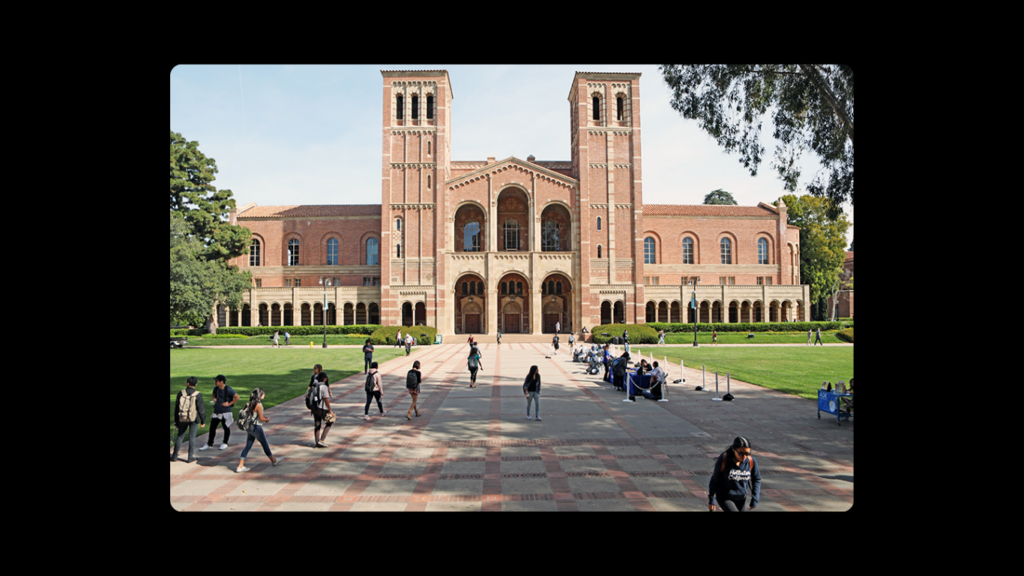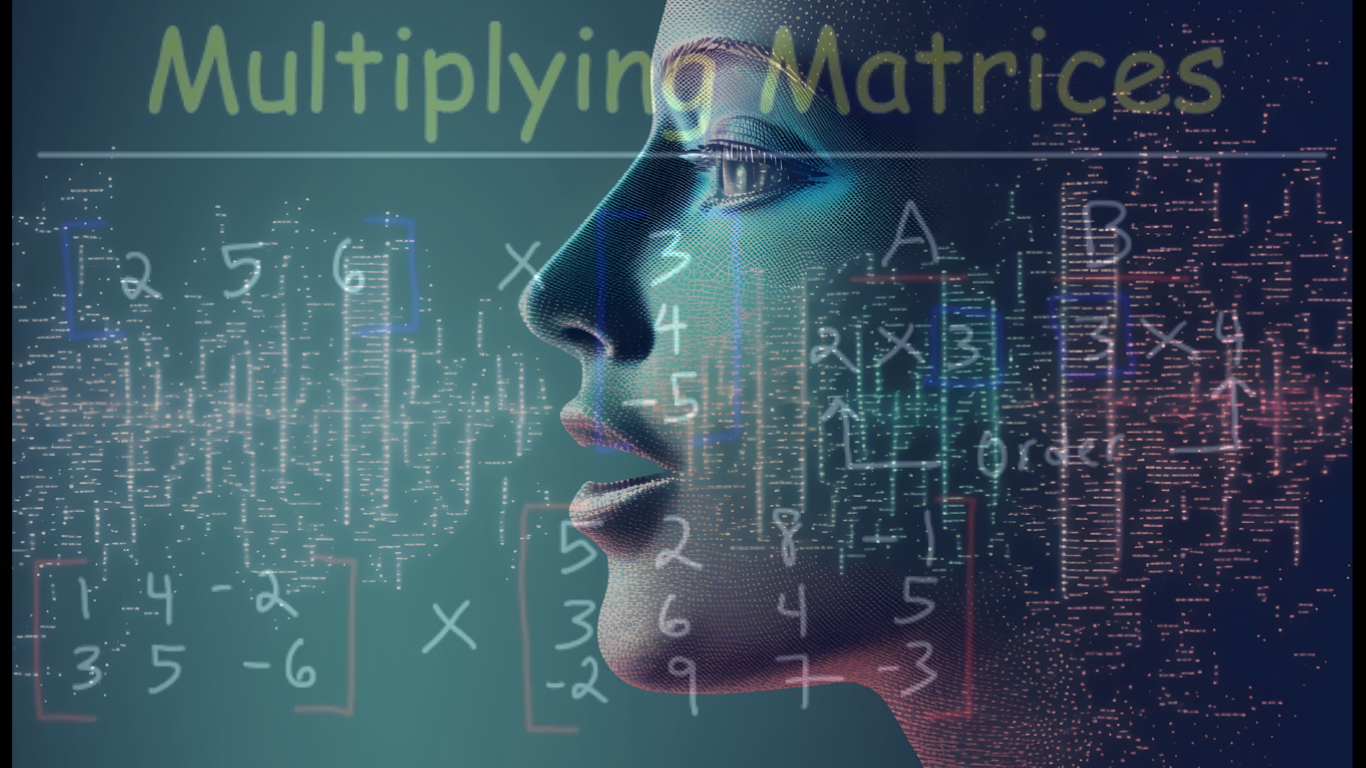A team of software engineers at the University of California, along with colleagues from Soochow University and LuxiTec, has devised an innovative method to run AI language models without relying on matrix multiplication. Their groundbreaking work is detailed in a paper published on the arXiv preprint server, highlighting the new approach and its impressive testing outcomes.

The demand for computational resources has surged as large language models (LLMs) like ChatGPT become more powerful. Matrix multiplication (MatMul), a key component in running these models, combines data with neural network weights to generate the best responses to queries. Traditionally, GPUs (graphics processing units) have been used for these tasks because they can handle multiple MatMuls simultaneously. However, even with extensive GPU clusters, MatMuls have become a significant bottleneck.
The research team has developed a method to operate AI language models without MatMuls, maintaining efficiency similar to current methods. They achieved this by rethinking how data is weighted, replacing the standard 16-bit floating-point system with a simplified {-1, 0, 1} scheme. They also introduced new functions that perform comparable operations and advanced quantization techniques to enhance performance, reducing the need for computational power by processing fewer weights.

Moreover, the team replaced traditional transformer blocks with a MatMul-free linear gated recurrent unit (MLGRU), fundamentally altering the way LLMs are processed. In testing, their new system matched the performance of state-of-the-art models while using significantly less computing power and electricity. This breakthrough addresses the scalability challenges of LLMs and paves the way for more energy-efficient AI development.
This research could democratize access to powerful AI models, especially in settings with limited computational resources. By reducing reliance on large GPU infrastructures, this approach could enable broader applications of AI in fields such as education, healthcare, and small businesses.
In summary, this development represents a major leap forward in AI research, providing a sustainable solution to the increasing computational demands of advanced language models.

Subtly charming pop culture geek. Amateur analyst. Freelance tv buff. Coffee lover
